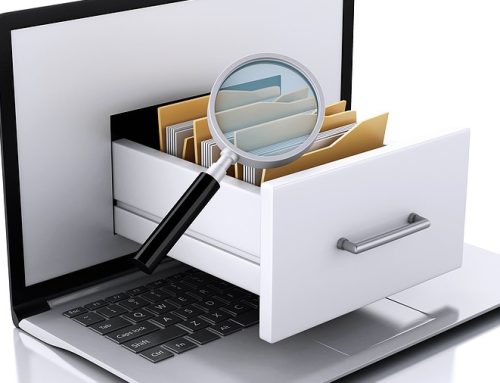One of the most time-consuming and labor-intensive stages of litigation, eDiscovery can cost millions of dollars and eat up valuable time. Massive amounts of data in widely varying formats make the process overwhelming. But these information governance tips for eDiscovery ease the process significantly.
Complicated Data Landscape
Digital evidence plays a pivotal role in litigation, and data requests can involve millions of documents. Relevant information lives in documents and emails, instant messages, voice mails, recorded meetings, customer input on websites, and more.
Further, gathering this information requires accessing numerous data environments. For example, the organization may store data in multiple clouds and on premises, as well as in many different applications. Additionally, employees use a variety of devices to conduct business, including both company-owned and personal devices.
At the same time, the regulatory environment grows increasingly complex year by year. And emerging technologies such as AI further complicate the scene even as they promise exciting capabilities.
This rapidly evolving data environment presents daunting eDiscovery challenges. But companies that wait for a discovery request before they organize their data will find themselves at a significant disadvantage. Instead, proactive companies build information governance into the culture of the organization. Use the following information governance tips as a starting point.

Conduct Initial Data Audit
Any effective information governance strategy must begin with a data audit to identify what data it holds, where it lives, and who owns and uses it. A data audit can include:
- Data mapping – This information inventory involves documenting all data sources. For each data source the documentation should describe the location, format, owner, sensitivity, value, and retention mandates. While data mapping takes time, automated tools reduce the time and effort required.
- Data quality assessment – Determining data quality involves identifying outdated information and duplicates, as well as evaluating the usefulness of the data. Resolving data quality issues ahead of time will reduce the amount of data to gather in a discovery. It will also make it easier to identify relevant data.
- Identifying existing data policies and procedures – Document the policies and procedures that already exist, including data lifecycle and security policies.
- Evaluating cyber security measures – A security assessment evaluates the policies and controls that affect data storage, transfer, and access. Ensuring robust data security will help guard against spoliation of evidence during litigation.
Prioritize Data Classification
Data classification and metadata management provide a foundation for information governance. Relevant data may hide in meeting minutes, Teams conversations, voice mails, and more. Labeling data as sensitive or tagging information related to a given topic allows data stewards to monitor the information and find it quickly in a discovery process.
Manual data classification generally proves unfeasible at scale. Here again automation comes to the rescue. AI-powered tools automate the process of finding and tagging data wherever it lives.
For example, Microsoft Purview includes capabilities that simplify the process of indexing unstructured data. This in turn enables the legal team to easily search for relevant data and then use metadata to determine data lineage and data custodians.
Clearly Define and Automate Data Lifecycle Policies
While cheap storage makes it possible to keep data forever, retaining data longer than necessary can create a liability. In the event of eDiscovery, the legal team will need to collect all potentially relevant data. The absence of clear and enforced data retention policies may mean the collection and review of far more information than necessary or advisable.
Automating data lifecycle policies according to data type provides a defensible way to both achieve regulatory compliance and simplify eDiscovery.

Address the Human Factor
With all the technology available, no information governance strategy will succeed without buy-in from the humans involved. From executive sponsorship down to end users, a culture of information governance plays a crucial role in ensuring data quality and usability.
Make ongoing communication a priority. This includes communicating data policies repeatedly, beginning at employee onboarding and continuing through regular training and just-in-time alerts.
Leverage Information Governance Tips for eDiscovery Simplicity
Robust information governance delivers clear benefits that streamline eDiscovery. First, by eliminating redundant, obsolete or trivial data (ROT), it reduces the amount of data to process in discovery. Second, data classification and data catalogs make it easy to locate and access relevant data.
Finally, by promoting data quality and security, organizations avoid discrepancies and data losses that can compromise a legal position.
The consultants at Messaging Architects bring deep expertise in information governance and eDiscovery. They will help your organization determine next steps and build an information governance strategy to simplify eDiscovery down the road.







